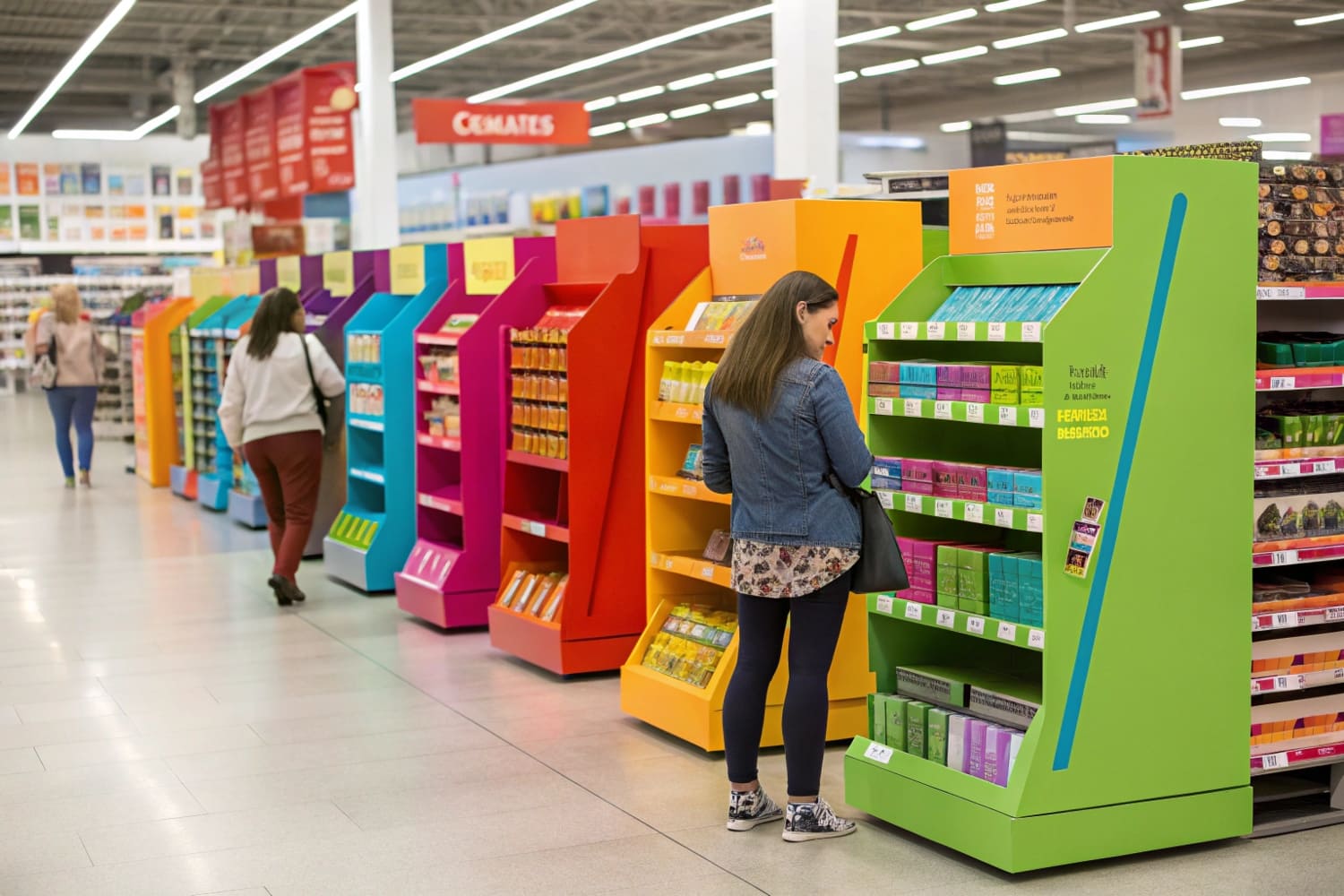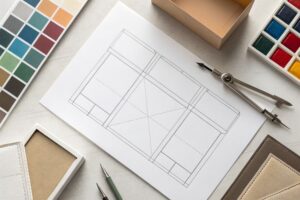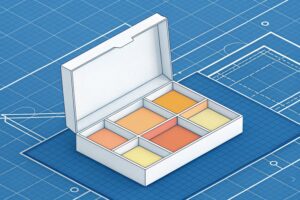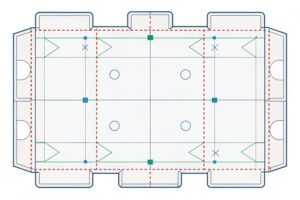零售固定装置是企业用来在商店中展示产品的重要组件。无论您拥有一家小商店还是大型零售连锁店,您的商店的外观在客户参与中都起着巨大的作用。如果您想知道什么是零售固定装置,那么您就在正确的位置。
零售固定装置是用于在商店中展示和组织产品的物理结构。它们的范围从简单的货架到精心设计的显示单元,旨在吸引和吸引客户。
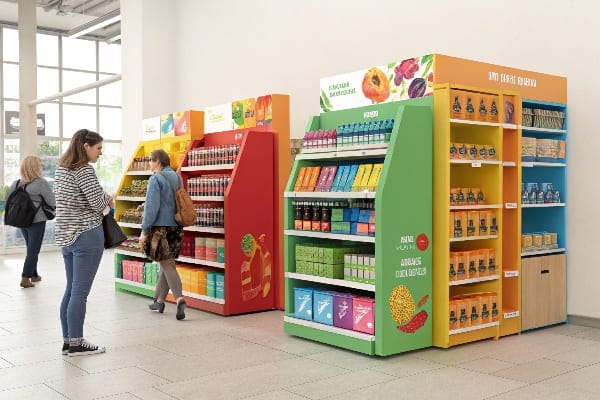
零售固定装置可帮助企业以增强客户购物体验的方式组织产品。但是,究竟是什么使固定装置本质上“零售”呢?它们与您可能在商店周围发现的其他类型的显示项目有何不同?
什么是零售固定装置?
零售固定装置旨在用作零售空间中的产品展示和存储解决方案。这些固定装置容纳和组织商品,使客户更容易看到,触摸和购买产品。从本质上讲,这些固定装置不仅仅是存储空间。他们在创造鼓励购买的热情环境中发挥了至关重要的作用。
零售固定装置是商店中用于展示产品和帮助组织的结构。它们增强了产品可见性并提高客户参与度。

零售固定装置不仅是简单的存储架。它们的角色扩展到增强商店的视觉吸引力1 ,并使客户更容易与产品互动。这些灯具的范围从简单的架子到复杂的定制设计单元2 。它们可以由各种材料(例如木材,金属或纸板)制成,具体取决于商店的类型和产品的类型。
零售固定装置的类型
零售固定装置3具有多种形状和尺寸。它们通常是根据商店的需求和所展示产品类型而设计的。一些常见类型包括:
- 架子单元- 基本可调节的架子用于多种产品。
- 展示案例4 - 玻璃框架的橱柜,可让客户从各个角度查看产品。
- 端盖- 位于过道末端的显示器,通常用于促销或高需求物品。
- 悬挂式固定装置- 用于悬挂服装,配件或其他物品的衣服架和钩子。
这些固定装置不仅组织了产品,而且还充当商店的视觉商品商品工具,指导客户的注意力并增强其整体购物体验。
商店固定装置的示例是什么?
现在您知道了什么是零售固定装置,让我们看一些在各种零售环境中看到的商店固定装置的常见示例。这些范围从基本货架到更复杂和专业的作品。
商店固定装置的例子包括搁架单元,展示柜,端盖,悬挂式固定装置和促销摊位。这些固定装置旨在通过使物品更明显和易于使用来组织产品和提高销售。
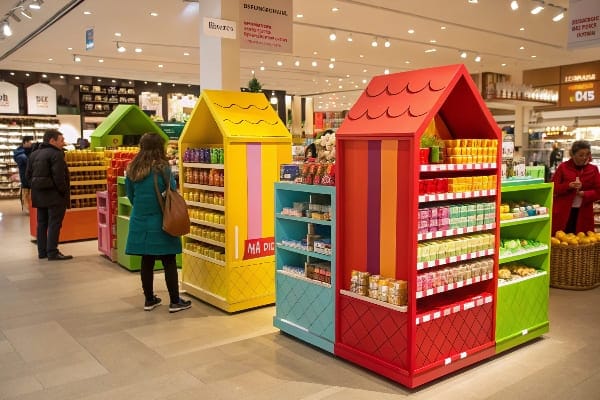
商店固定装置可能会有所不同,具体取决于要出售的产品类型。例如,服装商店通常很大程度上依赖服装架5和人体模型,而电子零售商可能会使用展示案例6来展示其小工具。杂货店经常使用简单的搁架单元7和端盖来突出特定的产品。
每种类型的固定装置都具有优化商店布局和增强产品可见性的特定目的。除了展示产品外,商店固定装置8还有助于创建商店的独特身份,从而在客户体验9和品牌识别10。
三种类型的固定装置是什么?
尽管有许多不同类型的零售固定装置,但其中大多数可以分为三种主要类型:永久固定装置,半永久性固定装置和便携式固定装置。让我们进一步分解。
零售固定装置的三种主要类型是永久固定装置,半永久性固定装置和便携式固定装置。永久性灯具内置在商店中,可以移动半永久性固定装置,但通常是固定的,并且便携式固定装置易于移动和设置。

这些固定装置中的每一个都具有不同的功能,并为存储所有者提供了不同的优势。永久固定装置11提供稳定性,并且通常是定制的,以适合商店的布局。它们非常适合想要一致,固定设置的企业,这种设置不经常变化。半永久性固定装置12 ,例如架子或显示桌,足够灵活,可以调整或重新定位,但仍然提供一定程度的永久性。另一方面,便携式固定装置易于运输和移动,非常适合临时设置,季节性促销或弹出式商店。
了解这三种类型之间的差异有助于商店所有者决定哪种固定装置13最佳满足他们的需求,无论是长期商店布局14还是临时促销设置15 。
零售显示器叫什么?
零售显示通常可以与零售固定装置相混淆,但它们发挥了不同的作用。尽管固定装置持有和组织产品,但零售展示旨在吸引注意力并促进特定产品或销售。零售显示可能是动态的,并且经常会定期更改,以反映新的促销,季节或产品发布。
零售显示通常称为购买点(POP)显示,促销显示或产品显示。这些显示器用于突出特定的物品,鼓励冲动购买并增强商店的美学吸引力。

零售显示可以采用多种形式。例如, POP显示器16可能具有台面显示,以展示新的或打折的项目,并在结帐计数器上吸引客户的注意力。同样,季节性展示17可能具有与假期或特殊活动有关的促销项目18 这些显示的主要目的是吸引客户的注意,并鼓励他们进行购买。
这些显示通常是暂时的,但对于营造紧迫感19或围绕某些产品的兴奋而言至关重要。无论您是使用大型地板显示器还是简单的台面架,正确的零售显示20都可以通过吸引客户并突出他们可能错过的物品来提高销售21
结论
零售固定装置和展示在商店中的产品呈现方式中起着重要作用。通过使用正确的固定装置和显示器组合,您可以创建一个购物环境,以增强客户体验并提高销售。
发现视觉吸引力如何影响客户的行为和销售,这对于零售成功至关重要。 ↩
了解零售中定制设计的单元的优势,这些单元可以优化空间并改善产品显示屏。 ↩
探索此链接,以了解各种零售固定装置,以及它们如何增强商店的布局和客户体验。 ↩
了解展示案例如何有效展示产品并吸引客户,从而提高您的销售潜力。 ↩
探索此链接以发现最有效的服装架,以增强购物体验并最大程度地利用商店中的空间。 ↩
此资源将指导您选择不仅保护而且有效展示您的电子产品的展示案例。 ↩
了解可以优化杂货店产品可见性和组织的最佳搁架单元。 ↩
探索商店固定装置如何提高产品可见性并改善零售环境中的客户体验。 ↩
了解商店布局对客户体验的影响以及如何推动销售和品牌忠诚度。 ↩
发现有效的策略来增强品牌知名度并创建吸引客户的独特商店身份。 ↩
探索永久性固定装置如何增强商店稳定性和布局定制,从而获得更好的购物体验。 ↩
了解对于动态零售环境的半永久性固定装置的灵活性和优势。 ↩
了解各种零售固定装置可以增强商店的功能和美学吸引力。 ↩
探索商店布局的最佳实践可以帮助您优化空间,以改善客户流量和销售。 ↩
了解如何设计有影响力的临时设置,以吸引客户并在促销期间提高销售。 ↩
了解POP显示器可以增强您的零售策略并在销售点上提高客户参与度。 ↩
了解如何设计吸引客户并在节假日和活动期间提高销售的季节性展示。 ↩
发现有效的促销项目,可以增加零售环境中的可见性和销售。 ↩
了解有效的营销技术,这些技术会产生紧迫感,驱使客户做出更快的购买决策。 ↩
探索此链接以了解零售显示如何可以增强客户参与度并有效增加销售。 ↩
发现可靠的营销策略,可以帮助企业显着提高其销售并吸引更多客户。 ↩

